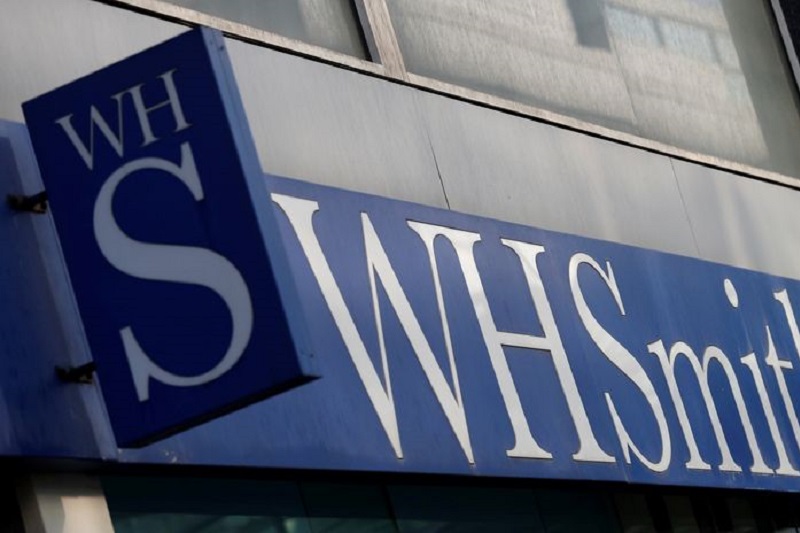5 big analyst AI moves: Apple lifted to Buy, AI chip bets reassessed
Investing.com -- Barclays has downgraded WH Smith (LON:SMWH) to “equal weight” from “overweight” on Thursday and cut its price target to £6.75 from £13.10, citing a lack of clarity over profitability in its North American business following a £30 million overstatement of U.S. profits.
Shares of the British travel retailer were down 3.9% at 07:44 ET (12:44 GMT).
The brokerage said it would “move to the sidelines” until the completion of an independent Deloitte review into the issue. WH Smith’s shares closed at £6.82 on October 22, implying a 1% downside to the new target.
Barclays reduced its FY25 pretax profit forecast by 24 percent, or £36 million, to £110 million, aligning with the company’s updated guidance.
The brokerage said, “We believe the market is now discounting c6% margins in North America,” down from previously assumed EBIT of £57 million to a revised £24 million, reflecting the lower profitability of the U.S. operations. FY26 pretax profit was also cut by 23 percent to £119 million.
“Given the review is currently being undertaken by Deloitte, we have no other evidence to help us form a view about the future margins / profitability of the North American division,” Barclays said.
“However, given the information available, we believe the most appropriate base case is to assume that margins in North America are c6% throughout our forecast period.”
The downgrade marks a sharp shift in sentiment for WH Smith, once viewed as a steady post-pandemic recovery play driven by its global travel retail expansion.
Barclays said uncertainty over the U.S. business means “too many unknowns to take a strong view.”
The new valuation uses an EV/EBIT multiple of 10x for the U.K. and Rest of World Travel divisions and 8x for North America “reflecting the uncertainty of future profits/ ROCE).”
The brokerage noted that “the market is likely to react quickly to the conclusion of the investigation, but we would rather make a well informed assessment once the facts are clearer.”
Barclays added that margins above 6% “would be a clear positive,” while margins at or below that level could pose “initial downside risk given concerns over future growth.”
Barclays’ financial model shows that leverage could vary depending on U.S. margins. Using a base case of 6 percent EBIT in North America, the bank estimates FY25 net debt-to-EBITDA at 2.1x.
“For every 1% change in the NA EBIT margin, Debt/EBITDA would change by just under 0.1x,” the report said.
Barclays’ sensitivity analysis showed that each 1 percent swing in North American EBIT margin could change the equity’s fair value by about 3 percent, underscoring the importance of U.S. profitability to the group’s valuation.
Barclays also warned that free cash flow remains “challenging to forecast” due to uncertain working capital trends and non-underlying items in the results.
Barclays said key factors to watch when WH Smith reports its full-year results on November 12 include “a clear explanation of reasons behind the previous overstatement of US profits,” and “better transparency on how profits convert into Free Cash Flow.”
